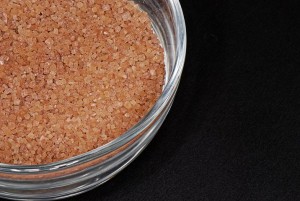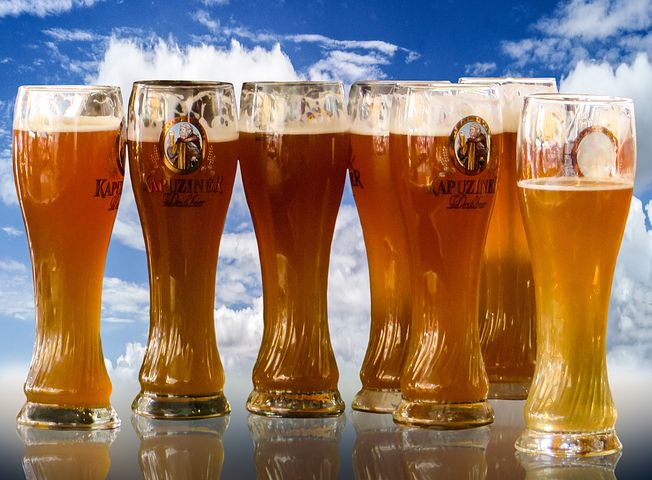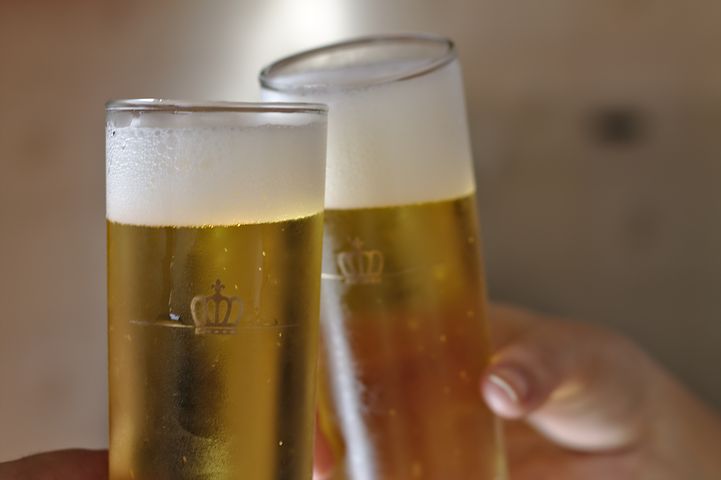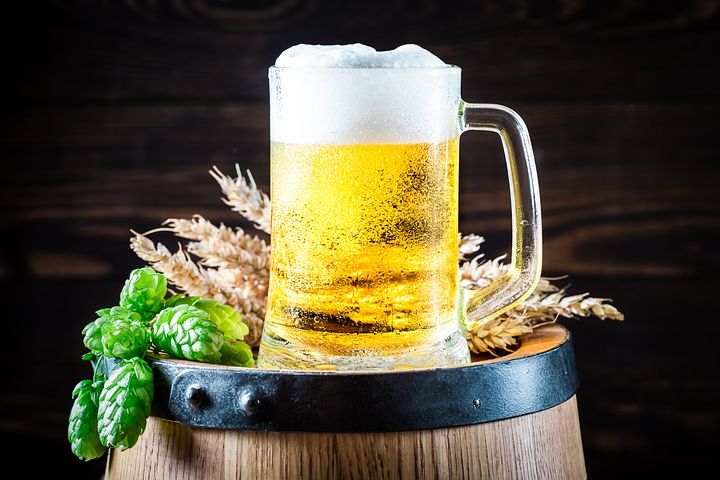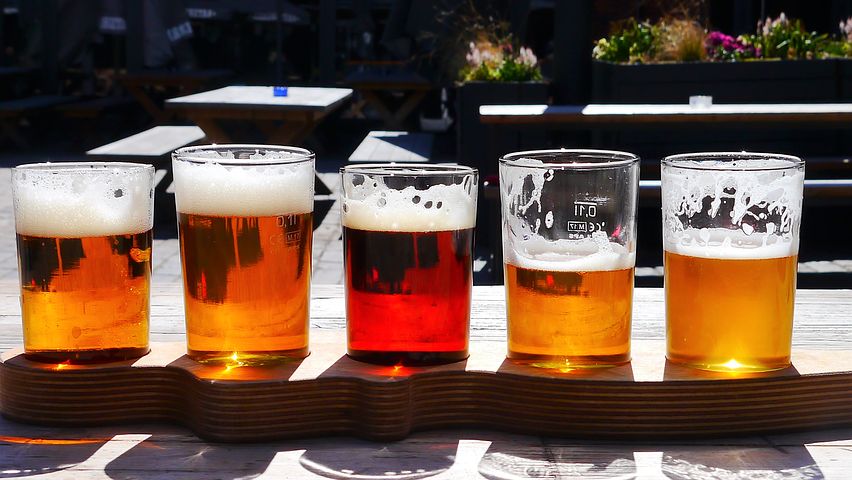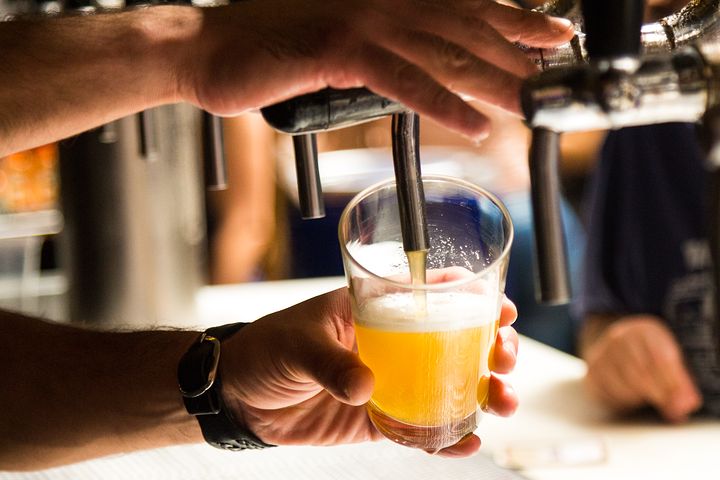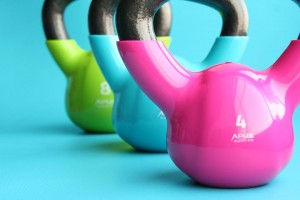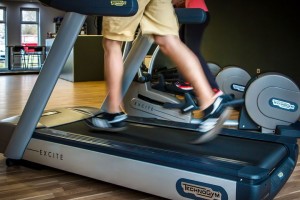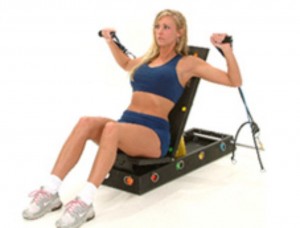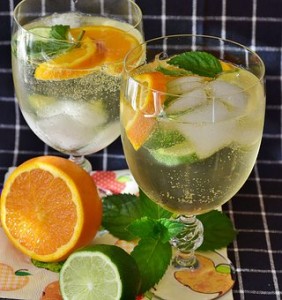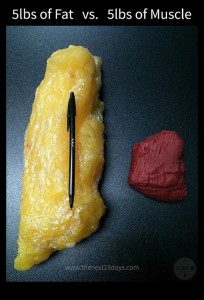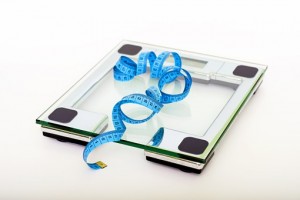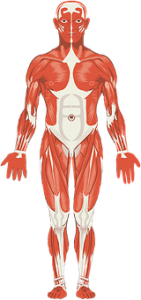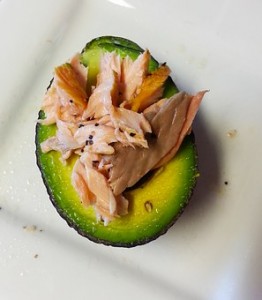Like you don’t have enough to worry about, now the CDC reveals that you have about a 40 percent chance of developing type 2 diabetes during your lifetime, according to Health Day. The Centers for Disease Control and Prevention’s National Diabetes Statistics Report actually has more than just that bad news to pass on, such as the fact that 30.3 million Americans are estimated to have diabetes. Also, nearly 7.2 million diabetics are undiagnosed and, therefore, go untreated.
Diabetes carries a cost of roughly $245 billion (say it like Dr. Evil: beel-yin) in overall expenses. Additionally, complications from the disease can result in other issues such as
- nerve disease
- loss of hearing and/or eyesight
- kidney and/or heart disease
- high blood pressure and cholesterol
- hypo- and hyper-glycemic crisis
- amputations
Diabetes-Curing Diet
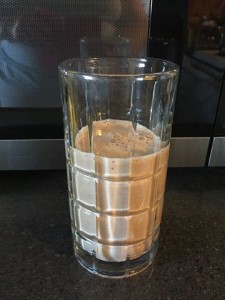
Sure, diabetes can be reversed with the right diet–but how many people want to limit themselves to 850 calories of liquid nutrition per day?
One of the first things diabetics get used to is watching everything they eat, and being careful about your diet is definitely an effective way to control the disease. A recent study in the Lancet showed just how effective. Participants were put on a rigorous diet for the year-long study and monitored for another 6 years. For over half of them, the diabetes went into remission without the need for medication.
Sounds great, right? Well, it depends on how well you’d do on a liquid diet that consisted of about 850 calories per day. That’s what the researchers meant by “rigorous.” Sure, the participants only had to be on the liquid diet for about 3 to 5 months, but even after they went back on solid food, the diet for the rest of the year was still very structured.
Exercise: The Missing Element For Controlling Diabetes

“Cardio and resistance training” may soon be the indecipherable scribble on your doctor’s prescription pad.
So, what if there was a way for you to eat a little more freely and still prevent or reverse diabetes? Actually, there is. Physical activity could be the diabetes solution you’re looking for.
Even if you’d rather rely on a vial of insulin and a syringe the rest of your life, your doctor might soon be prescribing exercise as part of your treatment if he hasn’t already. The Wall Street Journal reports that doctors have jumped on the Exercise is Medicine bandwagon. Initiated by the American College of Sports Medicine, it’s a program that promotes regularly including exercise alongside medication as part of health-care providers’ treatment of patients.
How Exercise Works for Diabetes Control

Muscles are more sensitive to insulin and readily absorb glucose from the blood to use as energy when working out.
If all you know about exercise and health is that it gets your heart rate up, you need a quick course in Effects of Exercise on the Body 101. As Health explains, your muscles’ sensitivity to insulin increases when you exercise. This is especially important for diabetics because insulin assists in absorbing glucose from the blood into the muscle cells for energy. It’s the reason patients can manage diabetes with exercise. Their bodies can regulate blood glucose levels more effectively, reducing their dependence on insulin. There are even instances when patients who have added consistent exercise to their weekly routines have been able to get off insulin treatment altogether.
Multiple Benefits for Diabetics
The benefits for diabetes with exercise go beyond controlling blood sugar and decreasing the need for insulin injections. MedlinePlus says that regular physical activity is vitally important to diabetics because it helps
- manage weight by building muscle and burning fat
- increase blood flow and circulation, having a positive effect on blood pressure
- improve energy levels and reduce stress
If you refer back to that shortlist of secondary complications that can arise from diabetes, you’ll understand why these additional benefits are so significant for people battling the disease.
Best Exercise Plan for Controlling Diabetes

High Intensity Interval Training with resistance bands is ideal exercise for helping control diabetes.
If you’ve led an inactive lifestyle thus far, you won’t be able to jump right into a high-intensity exercise program. Start out slow, such as walking 10 to 20 minutes a day and taking the stairs instead of the elevator when possible. You’ll eventually want to work up to 2 hours of moderate aerobic activity or 75 minutes of vigorous activity each week, as advised by the CDC. You’ll also want to include resistance training at least two days a week. When you’re looking for the absolute best plan for controlling diabetes, it’s a combination of strength training and aerobic activity. In an interview posted on Medical News Today, Dr. Ronald Sigal said the results of a study he authored revealed that, although aerobic exercise and resistance training each on their own was effective for controlling blood glucose levels, subjects who participated in both enjoyed doubled benefits–and those benefits are magnified even more when you eat a healthy diet.
Once you’re up and “running,” so to speak, participating in resistance bands training with a HIIT workout is an excellent choice for exercise. You’ll take care of your resistance and cardio with one quick workout. Additionally, a HIIT workout routine offers variety to keep your workout interesting and fresh, and it increases your fat-burning potential and improves the regulation of your blood glucose levels for up to 24 hours after your workout.
Exercise Tips for Diabetics

Consult with your doctor to ensure the exercise you’re starting is appropriate for you, and to set a range for your blood glucose levels.
It’s wise for anyone to consult with their doctor before starting an exercise program, but it’s essential for patients with diabetes to do so. Your physician will recommend an optimal range for your blood glucose levels and will also advise you on avoiding hypoglycemia during and after your workout. Make a plan each week to schedule when and how long you’ll work out. If you carve that time out beforehand, you’ll be more likely to stick to your workout agenda. If you need some support or motivation, find a buddy to workout with. You’ll be more inclined to keep an appointment with a friend, and there will be someone there to help if you feel your blood sugar dropping too quickly. Track your physical activity in some tangible way, such as writing what you did each day on the calendar, or even creating a weekly spreadsheet. Also, the National Diabetes Information Clearinghouse recommends rewarding yourself for meeting your weekly workout goals as well as hitting weight and blood sugar milestones. Eliminating your reliance on insulin is reward in itself, but it’s nice as well as motivating to have short-term incentives to look forward to.



